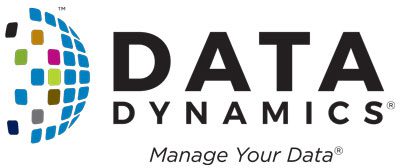Organizations must adapt to meet the requirements of the new digital economy where data is the most prized asset. Unfortunately, the management of the underlying storage for this most valuable of assets remains with centralized IT, who look at data from an infrastructure perspective, as a cost to manage, rather than the asset it has become. I predict that in 2018 the management of data storage will shift from centralized IT to individual business units. This transition will lead to a more focused approach around each application’s and user’s need for data and their ability to access it when and where they want it.
The reason 2018 will be that transformative year of change is because:
We are in an API driven world and the maturity of API’s allows for applications to write to and leverage storage management software to automate the creation and management of their data.
- Storage technologies are starting to meet the scale required for the vast amounts of digital content that is created. Object Storage provides the scalability, redundancy and security required to meet the vast deluge of data.
- The cost of storing data is dropping as the price of raw disks, both flash and SATA, continue to drop substantially year over year.
- The public cloud providers have proven that creating nimble infrastructure is feasible at scale. Application users are experienced in selecting criteria upon which to purchase and manage their storage.
The digital economy is creating a new asset category where the mining of each 1 and 0 is The Competitive Difference. 2018 will see the shift of the custodian of these 1s and 0s from traditional centralized IT to the rightful owners of the data, the business units.
Read More at VMBlog
Piyush M.
CEO






